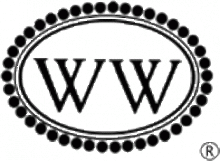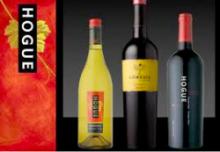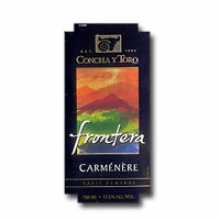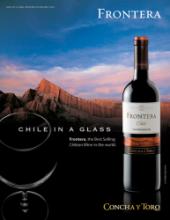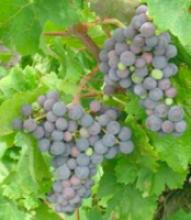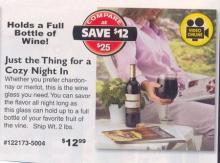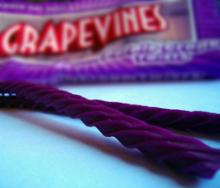Hogue Fume Blanc 2008
I've been following Hogue Cellars
since I first started exploring Washington wines. I've been intrigued by the dryer Sauvignon Blanc style that's often marketed as Fume Blanc since trying the Bernard Griffin Fume Blanc last year. This particular bottle of Hogue Cellars Fume Blanc 2008 was an impulse buy when we spotted it on the shelf at a local convenience store for $6.99.Hogue Cellars Fume Blanc is a lovely pale gold, with just the faintest hint of green in the glass, and more tart than floral on the nose, this is a Sauvignon Blanc that's on the dry side. It's less melon or tropical fruit, and more green apple, of the tartly sweet Granny Smith sort. It's a 12.5% ABV, and while quite drinkable on its own, this is a wine that's awfully fun to pair with food—especially in this dryer style. It's a little more green-apple than the 2007 Barnard Griffin Fume Blanc that I favor, but I think Hogue Cellar's Fume Blanc would do very well indeed with crab, especially local Dungeness crab, and I'd like to try it with a smoked salmon chowder. Hogue hasn't seen fit to update their Web site since 2005, so I don't know for sure—but I suspect that this Fume Blanc is a blend with Semillion. I notice that Semillion is frequently blended with Sauvignon Blanc, which, I confess reminds me that I need to start trying Washington Semillion. I've been putting it off because of one, rather unpleasant Semillion, but I am going to reform.

